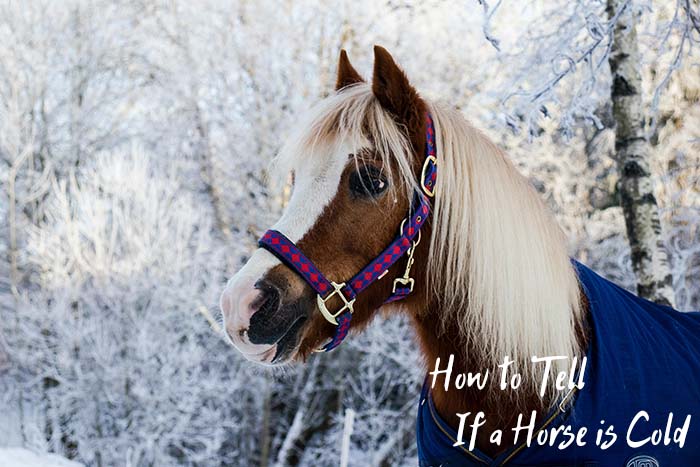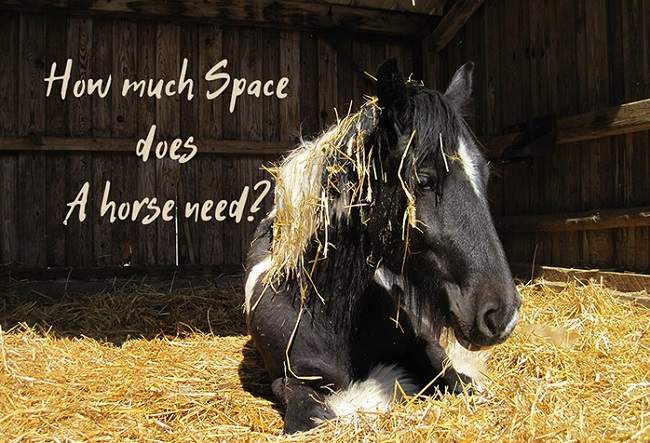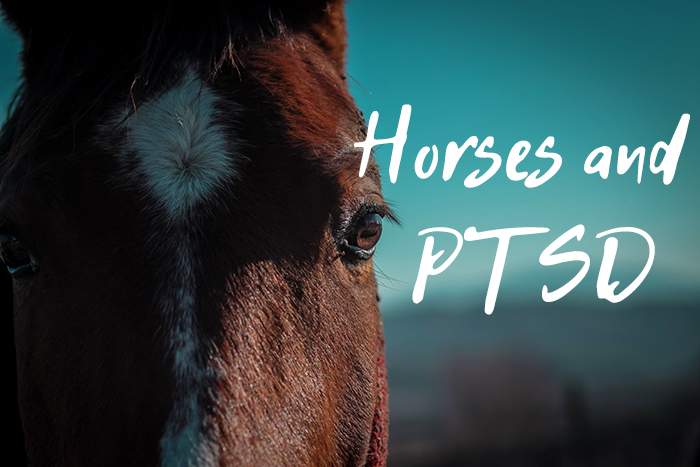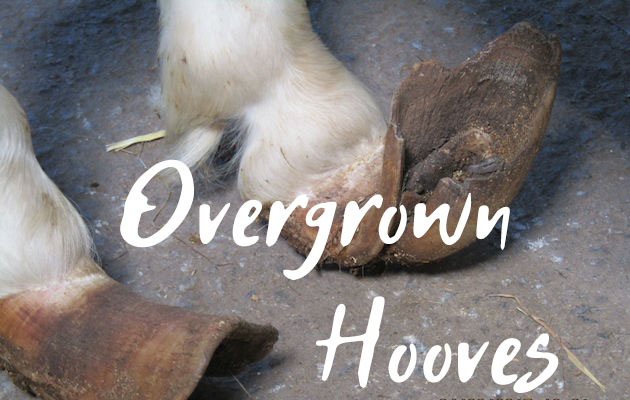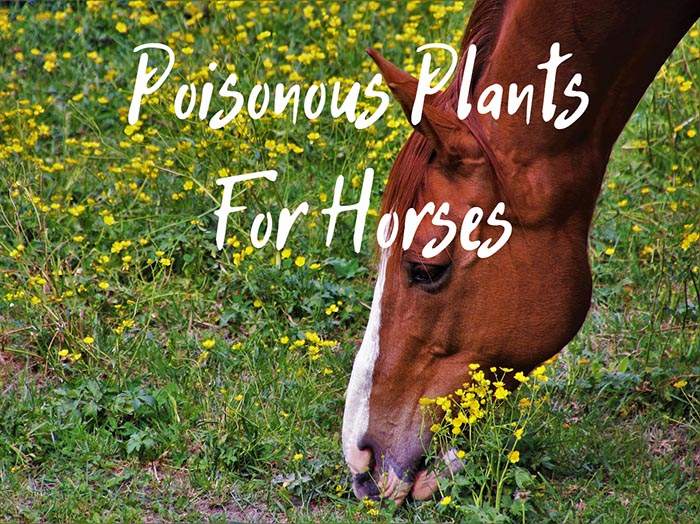What Should You Include in Your Equine First-Aid Kit?
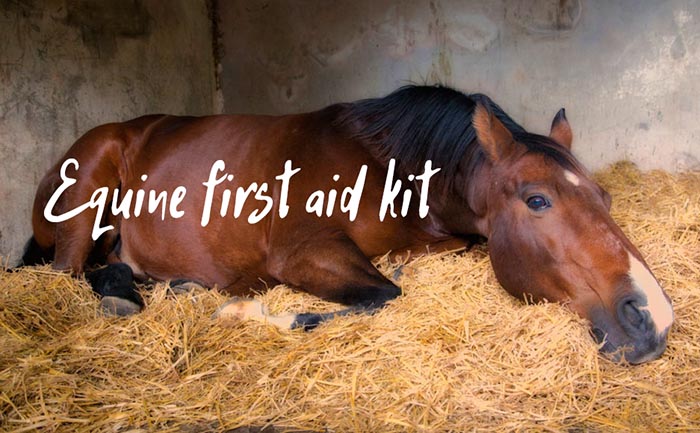
A well-stocked equine first-aid can make the difference between a mishap and a tragedy. The truth is that no matter how much you’ll try to keep it out of trouble, chances are that your horse is going to get injured at some point. I’m not talking about serious injuries, mind you, but a few scrapes and bruises are bound to occur. Naturally, the first thing you want to do when your horse gets an injury is to call up your veterinarian.
However, until he or she arrives at the scene, it’s always a good idea to have an equine first-aid kit handy. What should that equine first-aid kit include? Quite a handful of items, actually, including bandages, thermometers, wire cutters, medicine, and wound treatments.
Have a look at the following table for a quick overview of your equine first-aid kit. Afterward, we’ll take a closer look at each item, and I’ll even give you some advice on how to properly stock your horsey first-aid kit.
| Equipment | Bandages | Wound Treatments | Medication |
|---|---|---|---|
| Vaseline jar | Rolls of self-sticking bandages | Bottle of antiseptic scrub (Nolvasan) | Phenylbutazone/ Banamine (anti-inflammatory) |
| Rectal thermometer | Nonstick sterile gauze squares | Hydrogen peroxide | Electrolyte paste (oral supplement) |
| Surgical latex gloves | Elastic cloth tape with a rubber-based adhesive | Antiseptic wound cream or spray | Dormosedan gel |
| Duct tape | 4-inch gauze rolls | Triple-antibiotic eye ointment | |
| Flashlight | Rolls of absorbent sterile sheet cotton | Saline solution | |
| Stethoscope | Pillow wraps and bandages | Premoistened alcohol swabs | |
| Tweezers | Sanitary napkins or diapers | Rubbing alcohol | |
| Scissors/Wire cutters | Cast padding | ||
| Pocket knife | |||
| Cold pack | |||
| Bucket | |||
| Large clean towel | |||
| Lead rope and halter | |||
| 60cc and 10cc syringes |
Basic equipment.
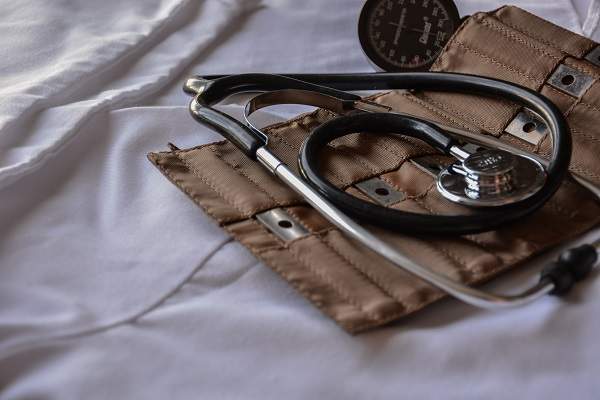
These are the actual tools that you’ll use to care for your horse in the event of an emergency. They’re not difficult to come by or complex in their operation. They are handy to have around any stable, actually. While you don’t have to buy the most expensive versions of these tools, it’s definitely not a good idea to cheap out on any of them.
- Vaseline. You’ll be using it as a lubricant for thermometers. The last thing you want is your horse to get jumpy as you’re trying to take its temperature. Taking a horse’s temperature is a basic and straightforward process, but a very important one. In order to take it properly, the horse needs to be calm. So make it as comfortable as you can for it and just get a jar of Vaseline.
- Rectal thermometer. As I mentioned above, you’ll use this to check your horse’s temperature. An elevated temperature can be a sign of infection. It’s a good idea to have a notebook that lists your horse’s recorded temperatures over the last few months. Yes, it’s a good idea to check the horse frequently in this way.
- Latex gloves. You’ll wear them as you care for your horse, both for your protection and your horse’s protection as well. It also makes it easier to work with various tools as they improve grip somewhat. Make sure you have spare pairs of gloves, as some of them can break easily.
- Duct tape can be used to wrap the hoof in an emergency. Aside from being easy to use and apply, it also has the advantage of being waterproof.
- A flashlight will come in handy if you find yourself in a field with a wounded horse. Of course, you can also use the flash from your smartphone, but small flashlights are more practical because you can hold them in your armpit or in your mouth in order to keep your hands free. Obviously, a headlamp is even more practical.
- A stethoscope is easy enough to use even if you’re not a vet. You can check your horse’s heart rate and listen for any abnormal gut sounds. You can report your findings to the vet when it arrives in order to save time.
- Tweezers are perfect for removing splinters or other small objects lodged in the skin or hoof. If the object is too intrusive, it’s always better to wait for the vet to arrive first. You can remove smaller splinters with tweezers without too much worry, though.
- Wire cutters. Ideal for freeing a horse stuck in a fence. It’s been known to happen, and this tool will prove invaluable if the need arises.
- A sharp pocket knife is a very handy tool to have in your equine first-aid kit. You can use it to cut a horse free if it gets stuck in a hay net or if it gets tangled in cross-ties.
- Cold packs reduce swelling, but it’s not always practical or possible to keep a pack of ice close by in a stable. However, you can use a chemical cold pack that creates a very cold surface on demand. An ice wrap also represents a viable alternative.
- A clean bucket is useful if you want to soak up the horse’s hoof, or if you just want to clean a wound. Clean is the most important word here. Never use dirty tools when working with an injured horse!
- A clean towel is ideal for wound compression. You can also use it as a clean surface to spread out your sanitary items.
- You can never have enough lead rope around, and an extra halter will also come in handy. A chain shank is also a useful addition to any horsey first-aid kit.
- Syringes equipped with a catheter tip can help you administer oral medications or to perform injections.
Bandages.
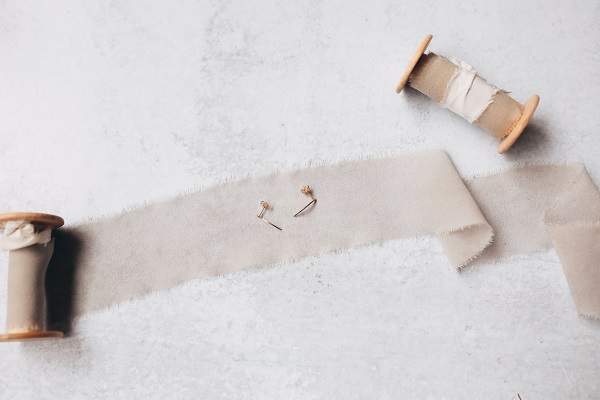
A clean set of bandages can sometimes make the difference between life and death. There are different kinds of bandages, though, and it’s important to know which ones will be truly useful for treating a horse injury.
- You should keep around two rolls of self-sticking bandages in your first-aid kit for horses. You will use these to keep gauze squares in place. Popular brands include Vetrap, but you can easily find alternatives.
- Nonstick sterile gauze squares usually come in packs of 200. For small wounds, you can use the 4-by-4 inch variants. These are also the easiest to find and to store.
- Elastikon is an elastic cloth tape that comes with a strong adhesive. You should keep at least one roll in your kit at all times.
- A generous selection of 4-inch gauze rolls for padding purposes. These should be separate from the nonstick gauze squares that I mentioned before.
- For padding under a wrap, or to be used as a pressure pad, get your hands on a few rolls of absorbent sterile sheet cotton or gamgee. Usually, you don’t want to apply cotton directly on a wound because it will just stick to it. These cotton field wraps are placed between two gauze sheets in order to prevent just that.
- Once you have a wound all bandaged up, it’s a good idea to create an extra layer of protective and supportive wrap. You can achieve this with a set of pillow wraps and bandages.
- For padding a wrapped foot, you can use diapers or sanitary napkins. Two of each should suffice.
- Cast padding will improve the horse’s comfort while keeping the bandaged area dry.
Wound treatments.
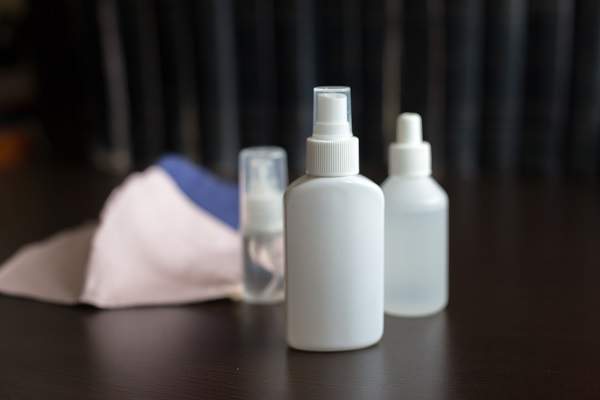
Wound treatments are probably the most important items in your equine first-aid kit, as they will keep infection at bay while promoting healing. There are only a few treatments that you can get your hands on as a non-vet, but they can definitely get the job done in a pinch.
- You can disinfect the wound using an antiseptic scrub such as Nolvasan or Betadine. Depending on the severity of the wound, these will allow your horse to heal and recover faster. A clean wound heals better and quicker, and the horse feels less discomfort in the long run.
- Hydrogen peroxide is well-known for its cleaning properties. If the wound is dirty or has various debris in it, you can use this treatment for proper, thorough cleaning.
- After cleaning the wound, you can apply an antiseptic cream or spray. Having said that, I would always recommend consulting with a vet before applying any form of product on a horse’s wound.
- Upon request, your veterinarian can give you a nonsteroidal triple-antibiotic eye ointment to use as needed. Keep it in your equine first-aid kit if you can get a hold of some.
- Flushing hard to reach wounds can be time-consuming and frustrating. You can use some saline solution to make things easier. A regular bottle of contact lens solution will do just fine.
- Before performing an injection, clean the area properly using some premoistened alcohol swabs. You can also use these to clean small wounds.
- Rubbing alcohol is great for cleaning and sterilizing instruments such as scissors or thermometers. Don’t apply it directly onto a wound, though.
Medication.
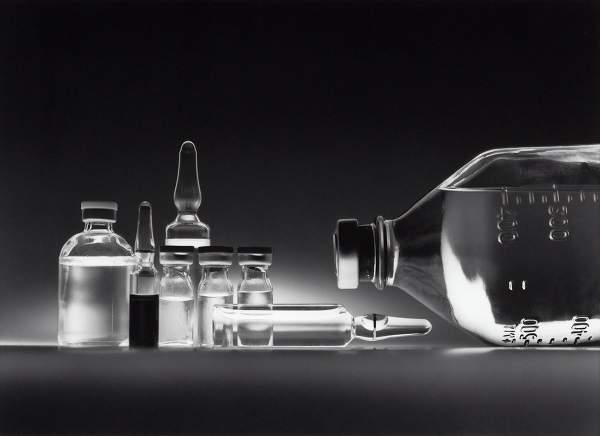
You can administer some medication to your horse if you’ve consulted with its veterinarian beforehand. Moreover, some medication is readily available over the counter and is relatively safe to administer depending on the situation. Here’s some medication that you might want to include in your horse first-aid kit.
- As an anti-inflammatory and pain-relieving drug, you can use Phenylbutazone/ Banamine. These medicines come in powder or paste form, so it’s always a good idea to consult with a vet in order to figure out the right dosage.
- If your horse is dehydrated, you can give it some electrolyte paste. This is mainly used to encourage a horse to drink. It’s proven quite effective.
- If your horse needs a mild sedative, consider some Dormosedan gel. You can administer it to the equine orally, but make sure to wear gloves as you do so, as you might absorb some of it through your skin.
The importance of the equine first-aid kit.
The reason why I wrote this little guide and the reason why you should always have an equine first-aid kit ready comes down to saving time. In an emergency, you don’t want to fumble around looking for a specific item or medication. Your horse’s life might depend on your readiness to act, after all.
You’ll want to keep your kit well-stocked and within reach at all times. Check the medications frequently in order to make sure that they’ve not expired. Moreover, make sure that the kit is portable and well-organized. You might want to use a toolbox as a container, or a tight-sealing plastic container. Keeping a human first-aid kit around is never a bad idea either.
In extreme weather, take note of your kit’s location and move it to a safe place in order to prevent overheating or freezing. The container for the first-aid kit needs to be waterproof and air-tight.
Conclusion.
Your veterinarian will always have the final say when it comes to your horse’s well-being. That doesn’t mean that you shouldn’t be ready to treat minor injuries on-site until qualified help arrives.
Take good care of your equine first-aid kit, and it will take care of you and your faithful companion.

